Diversity
Diversity is based on an understanding of the past of the many individual experiences and localities in order to establish a broadly based understanding of the past. In the same way that the big picture relates to local, national and world dimension. Diversity needs to include an appreciation of experiences from rich and poor, men, women and children and different ethnic groups and different period of the past.
Sort by:
Date (Newest first) | Title A-Z
Show:
All |
Articles |
Podcasts |
Multipage Articles
-
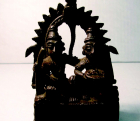
Representations of Empire: Learning through Objects
ArticleClick to view -
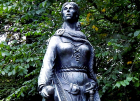
Scheme of Work: Grace O'Malley
ArticleClick to view -
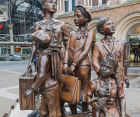
Scheme of work: Journeys - the story of migration to Britain
ArticleClick to view -

Significant anniversaries: The Bristol Bus Boycott, 1963
ArticleClick to view -

Teaching Ancient Egypt
ArticleClick to view -
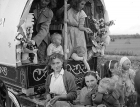
Teaching Gypsy, Roma and Traveller history
ArticleClick to view -

Teaching about racism, fairness and justice through key people
ArticleClick to view -
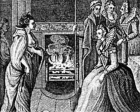
Teaching and learning about Grace O'Malley as a significant woman at Key Stage 1
ArticleClick to view -

Teaching black British history through local archives
ArticleClick to view -
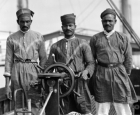
Teaching diversity through drama
ArticleClick to view -

Teaching famous people at key stage one
ArticleClick to view -

The Maya: a 4,000-year-old civilisation in the Americas
ArticleClick to view -

The T.E.A.C.H. Report
ArticleClick to view -

The world on the wall: exploring diversity on Hadrian's Wall
ArticleClick to view -

Three first-class ladies – teaching significant individuals in Key Stage 1
ArticleClick to view -

Towards inclusion: A study of significant figures and disability within the national curriculum
ArticleClick to view -

Walter Tull: Sport, War and Challenging Adversity
ArticleClick to view -

Wangari Maathai as a significant individual
ArticleClick to view -

West Indian Soldier: Learning resources from the National Army Museum
8th October 2021Click to view -

Whose history is it anyway?
ArticleClick to view

